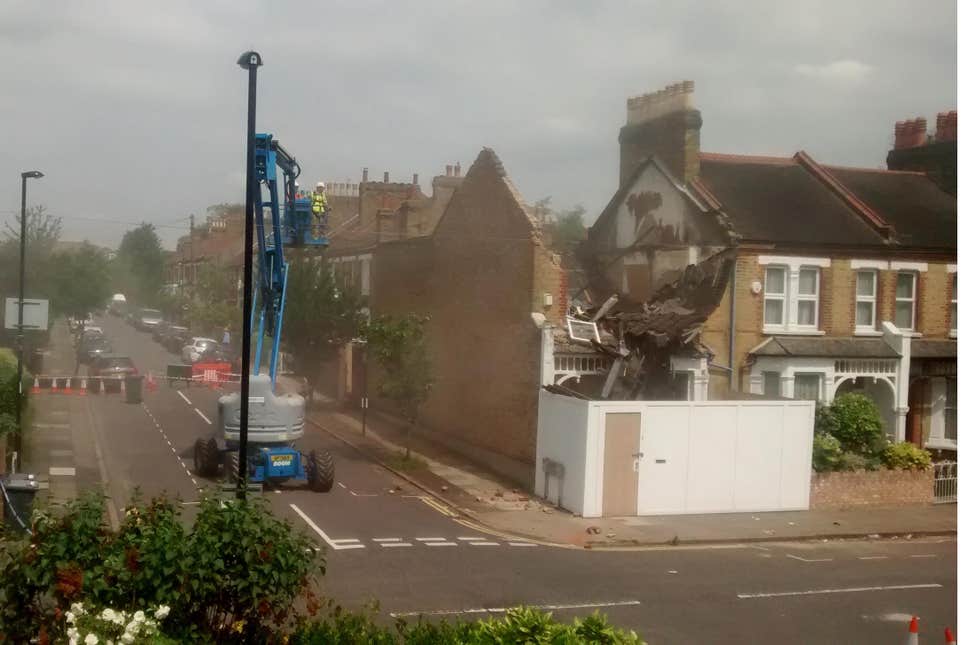What annoys me, and why I defended the claim, is that the gas service pipe entered my property from the highway at 300mm, when it should have been at least 450mm minimum depth, and fractured at 200mm depth under my property when it should have been at 375mm minimum depth. Installation was in May 2011 so recent, and it should have been laid in accordance with the Health and Safety Executive expectations.
SGN successfully argued that HSE expectations are non statutory whereas it is a law that if a householder damages a service pipe through negligence it is their liability. It was not a defence that damaging a negligently laid service pipe was not negligent. In other words, I was bound by the HSE guidance about not using a mechanical digger near a service pipe, but SGN were not bound by HSE guidance on laying gas service pipes.



















